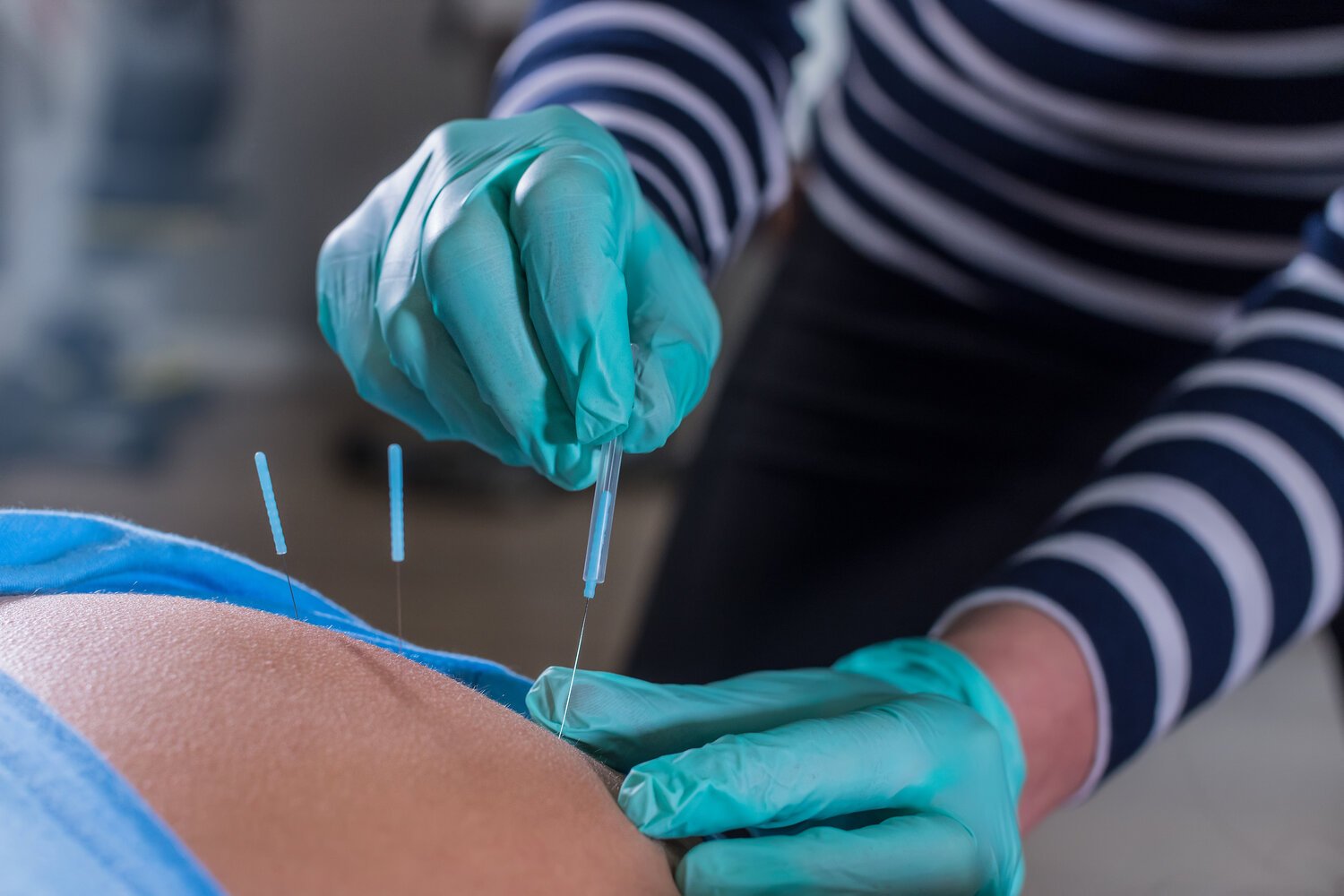Unlocking Relief: Dry Needling's Impact on Chronic Pain and Pelvic Floor Dysfunction
In the realm of pain management and rehabilitation, innovative therapies continue to emerge, offering fresh hope to individuals grappling with chronic pain and pelvic floor dysfunction. Among these progressive interventions, dry needling has gained recognition for its ability to alleviate pain, enhance mobility, and address an array of musculoskeletal issues. In this blog, we will delve into the world of dry needling, exploring its mechanisms, applications, and, most notably, its benefits in the context of chronic pain and pelvic floor dysfunction. By the end of this article, you'll gain insight into why dry needling is increasingly considered a promising approach for those seeking relief from these debilitating conditions.
I. Understanding Dry Needling
Dry needling is a therapeutic procedure that involves the insertion of fine needles into trigger points or myofascial tissues to promote pain relief, improve muscle function, and accelerate healing. Unlike acupuncture, which is rooted in traditional Chinese medicine and revolves around the flow of energy (Qi) along specific meridians, dry needling is founded on a Western medical understanding of anatomy, physiology, and neurology.
The Mechanisms of Dry Needling
Dry needling operates on several mechanisms, all of which contribute to its effectiveness in addressing chronic pain and pelvic floor dysfunction:
a. Trigger Point Deactivation: The primary objective of dry needling is to target trigger points, which are localized knots or taut bands in muscle fibers. By inserting a thin, solid needle directly into these trigger points, the therapist stimulates a twitch response, causing the muscle to relax and release tension.
b. Blood Flow Enhancement: Needle insertion prompts a localized inflammatory response, leading to increased blood flow to the treated area. Improved circulation brings essential nutrients and oxygen to the muscles, fostering healing and reducing pain.
c. Nerve Modulation: Dry needling can also impact the nervous system. It stimulates sensory nerves, which can temporarily disrupt pain signals being sent to the brain. Additionally, it activates motor nerves, promoting muscle relaxation and function.
d. Neurotransmitter Release: The insertion of needles triggers the release of neurotransmitters such as endorphins, which are the body's natural painkillers. This helps to reduce pain and enhance the overall sense of well-being.
II. Benefits of Dry Needling in Chronic Pain Management
Chronic pain is a complex issue that affects millions of people worldwide. It often results from various factors, including injury, inflammation, muscle imbalances, and structural issues. Dry needling has emerged as an effective tool for managing chronic pain across different conditions:
Fibromyalgia
Fibromyalgia is a chronic pain disorder characterized by widespread musculoskeletal pain, fatigue, and tender points. Dry needling can provide relief by targeting the trigger points, releasing muscle tension, and improving overall comfort and mobility.
Myofascial Pain Syndrome
Myofascial pain syndrome is another condition characterized by the presence of trigger points and muscle pain. Dry needling directly addresses these trigger points, releasing tension and reducing pain, allowing individuals to regain a higher quality of life.
Lower Back Pain
Low back pain is a common and often debilitating condition. Dry needling can help by reducing muscle tension in the lumbar region, improving mobility, and minimizing discomfort.
Neck and Shoulder Pain
Neck and shoulder pain can result from poor posture, muscle imbalances, or overuse. Dry needling can target the affected muscles, releasing tension and alleviating pain.
Headaches and Migraines
Some types of headaches and migraines can be attributed to muscle tension in the head, neck, and shoulders. Dry needling can help by releasing trigger points and reducing the frequency and severity of headaches.
Osteoarthritis
While dry needling cannot cure osteoarthritis, it can provide significant pain relief by addressing muscle imbalances and reducing the load on affected joints, allowing for improved function and mobility.
Complex Regional Pain Syndrome (CRPS)
CRPS is a chronic condition characterized by severe and prolonged pain, often affecting the limbs. Dry needling can be a valuable component of CRPS management, as it can reduce muscle tension and enhance mobility in the affected area.
Post-Surgical Pain
After surgery, it is common to experience pain and muscle stiffness in the area of the incision or surrounding muscles. Dry needling can help reduce these post-surgical pain symptoms, aiding in the recovery process.
III. Dry Needling for Pelvic Floor Dysfunction
Pelvic floor dysfunction encompasses a range of conditions, including pelvic pain, urinary incontinence, and sexual dysfunction. These conditions can significantly impact a person's quality of life. Dry needling has shown promise in addressing pelvic floor dysfunction:
Pelvic Pain
Chronic pelvic pain, often stemming from muscle tension and trigger points in the pelvic floor, can be alleviated through dry needling. The procedure can release these trigger points, reducing pain and discomfort.
Urinary Incontinence
Weak pelvic floor muscles can lead to urinary incontinence. Dry needling can target these muscles, promoting their strength and function. This, in turn, can improve control over the bladder and reduce the occurrence of incontinence episodes.
Dyspareunia (Painful Sex)
For individuals experiencing pain during intercourse due to pelvic floor muscle dysfunction, dry needling can help relax these muscles, making sexual intercourse less painful and more enjoyable.
Interstitial Cystitis
Interstitial cystitis is a chronic condition characterized by bladder pain and urinary frequency. Dry needling can be incorporated into a comprehensive treatment plan to address the muscular component of this condition, relieving some of the associated pain.
IV. The Advantages of Dry Needling
Dry needling offers several advantages when compared to traditional treatments for chronic pain and pelvic floor dysfunction:
Minimally Invasive
Dry needling is minimally invasive, involving the insertion of thin needles into specific points, typically causing little to no discomfort. This makes it an attractive option for those who are averse to more invasive treatments.
Drug-Free
Unlike many pharmaceutical interventions, dry needling does not rely on medications. This is particularly appealing to individuals looking for non-pharmacological solutions to their pain and dysfunction.
Tailored Treatment
Dry needling is highly individualized. Therapists target specific trigger points and muscle groups, allowing for precise treatment plans that address each patient's unique needs.
Rapid Relief
Patients often report immediate relief following dry needling sessions. While it may take a few sessions to achieve long-lasting results, many individuals experience a noticeable improvement in their symptoms after just one treatment.
Improved Range of Motion
Dry needling can enhance mobility and flexibility by releasing muscle tension. This, in turn, can improve overall function and reduce the risk of injury.
Enhanced Quality of Life
By providing relief from chronic pain and improving pelvic floor function, dry needling can have a profound impact on a person's quality of life. It enables them to participate in activities they may have previously avoided due to pain or discomfort.
V. Dry Needling vs. Other Therapies
To appreciate the benefits of dry needling fully, it is helpful to compare this therapy to some common alternatives:
Physical Therapy
Physical therapy is often combined with dry needling to maximize results. While physical therapy focuses on strengthening and conditioning, dry needling can directly address trigger points and muscle tension.
Medication
Pain medication can offer temporary relief but comes with side effects and potential for addiction. Dry needling provides a drug-free option for managing pain and dysfunction.
Surgery
For some conditions, surgery may be necessary. However, surgery is invasive, carries risks, and often requires a lengthy recovery period. Dry needling offers a less invasive alternative or can be used as part of post-operative rehabilitation.
Acupuncture
Acupuncture and dry needling share the use of needles, but they differ in their underlying philosophies and techniques. Acupuncture is rooted in traditional Chinese medicine and is designed to balance energy flow, while dry needling targets specific trigger points and myofascial tissues. Both can be effective, but the choice between them depends on the condition and the patient's preferences.
VI. The Importance of Proper Training
It's essential to emphasize that dry needling should only be performed by trained and licensed healthcare professionals. These professionals, often physical therapists or medical doctors, undergo specialized training to ensure the safety and effectiveness of the procedure. Attempting dry needling without proper training can lead to adverse outcomes and should be avoided.
VII. Conclusion
Dry needling has emerged as a promising therapeutic option for individuals grappling with chronic pain and pelvic floor dysfunction. Its ability to target trigger points, enhance blood flow, modulate nerves, and promote the release of pain-relieving neurotransmitters makes it a versatile tool in the field of pain management and rehabilitation. When used in conjunction with other therapies, such as physical therapy, dry needling can be particularly effective in addressing a wide range of musculoskeletal conditions.
As with any medical treatment, it's crucial to consult with a qualified healthcare professional to determine if dry needling is an appropriate option for your specific condition. In the hands of a skilled practitioner, dry needling can offer a path to reduced pain, improved mobility, and a higher quality of life for those burdened by chronic pain and pelvic floor dysfunction.
Michelle Weeks, PT, DPT

